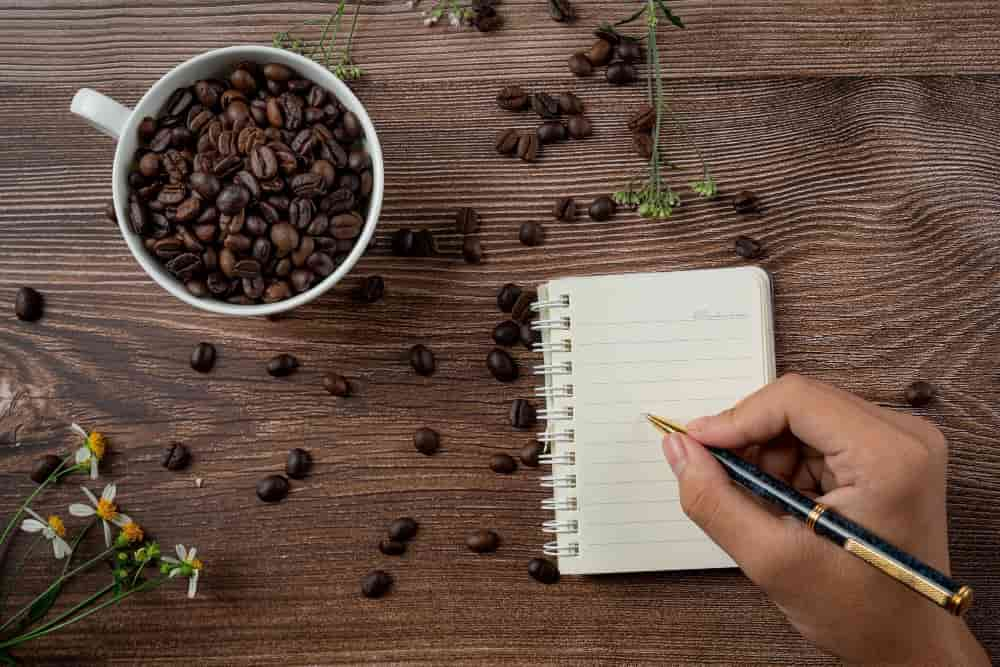A perfect cup of coffee is a sensory pleasure, but even minor missteps in the process can rob you of the best experience. Here are 11 common coffee mistakes and practical tips on how to avoid them for a consistently satisfying cup.

1. Using Stale Beans
Old coffee beans are one of the main reasons for a disappointing brew. As beans age, they lose their aromatic oils and distinctive flavours, leading to a dull cup. To avoid this, buy fresh, high-quality beans in small amounts from reputable roasters or coffee export companies. Aim to consume them within 2-3 weeks, as coffee reaches peak flavour shortly after roasting. For optimal freshness, store beans in an airtight container in a cool, dark place, away from heat, light, and moisture.
2. Incorrect Storage
How you store your coffee beans can have a big impact on flavour. Exposing beans to air, light, or moisture speeds up the loss of their freshness and can result in stale coffee. Always keep beans in an airtight container, away from direct sunlight and heat sources. Avoid storing beans in the fridge or freezer, as the moisture can damage their quality and flavour. Instead, opt for a dry, dark cupboard to maintain the beans’ integrity.
3. Grinding Coffee Too Early
Grinding coffee beans too early can compromise the flavour and aroma of your coffee. Ground coffee quickly loses its potency as it’s exposed to air, so it’s best to grind beans just before brewing. This simple step preserves the beans’ fresh, complex notes, making a noticeable difference in taste. A good coffee grinder is a worthwhile investment if you want to consistently enjoy a flavorful cup.
4. Using the Wrong Grind Size
Each coffee brewing method works best with a specific grind size, and using the wrong one can affect both the taste and texture. For instance, French press coffee requires a coarse grind, pour-over calls for a medium grind, and espresso needs a fine grind. The grind size affects how quickly the coffee extracts, so matching it to your brewing method ensures a balanced flavour. Experiment with different grinds to find what works best for your preferred brewing style.
5. Incorrect Coffee-to-Water Ratio
Getting the coffee-to-water ratio wrong can easily make your coffee taste weak or bitter. The general guideline is to use 1-2 tablespoons of coffee per 6 ounces of water, but this can be adjusted to your taste. If you’re just starting, try measuring to achieve a consistent flavour, and then fine-tune the ratio to match your preferences. A consistent ratio helps in achieving the right strength and brings out the best notes in your coffee.
6. Incorrect Water Temperature
Water temperature is another factor that can affect the quality of your coffee. If the water is too hot, it can burn the grounds, resulting in a bitter taste; too cold, and it won’t extract enough flavour, leaving a flat cup. Ideally, water should be around approximately 195-205°F. If you don’t have a thermometer, allow boiled water to sit for about 30 seconds before pouring it over your coffee grounds. This small step can make a noticeable difference in the taste of your coffee.
7. Using Poor-Quality Water
Coffee is mostly water, so the quality of the water you use can greatly influence the taste. Tap water often contains minerals and impurities that can interfere with the flavour. To enhance your coffee, use filtered or bottled water. By removing any unwanted minerals and impurities, filtered water allows the coffee’s true flavours to shine through, resulting in a cleaner, more enjoyable cup.
8. Neglecting Coffee Maker Maintenance
Over time, coffee makers can accumulate oils and mineral deposits that affect the taste of your coffee. Regular cleaning, including descaling, helps keep your coffee tasting fresh and prevents any build-up from tainting the flavour. Rinse parts like the filter basket and carafe after each use, and give your machine a deep clean as per the manufacturer’s instructions. Proper maintenance also extends the life of your coffee maker.
9. Ignoring Brewing Time
Each brewing method has an ideal brewing time. Ignoring it can lead to under-extracted coffee (too sour) or over-extracted coffee (too bitter). For example, a French press should brew for about 4 minutes, while a pour-over can take around 2-4 minutes. Adhering to the correct time allows the coffee to develop its flavours fully. Using a timer can help you consistently get the right taste and avoid a rushed or prolonged brew.
10. Adding Sweeteners and Cream Before Tasting
Adding sugar and cream to your coffee before tasting it can mask its natural flavours, especially when using specialty or high-quality beans. To truly appreciate a coffee’s unique profile, take a sip before adding anything. This allows you to enjoy the complex flavours that vary by origin and roast. After tasting, you can add sweeteners or cream to suit your preference, but tasting it black first is an excellent way to expand your coffee palate.
11. Limiting Your Coffee Exploration
Sticking to one type of coffee or brewing method limits your experience and understanding of coffee’s potential. Coffee beans from different regions offer unique flavours, and exploring various types can be a rewarding journey. Try single-origin beans, blends, or different roasts (light, medium, dark) to discover new flavours. Experimenting with different beans and brewing methods can help you find new favourites and deepen your appreciation for coffee.

Conclusion
Making great coffee is a rewarding journey. It starts by understanding and avoiding common mistakes. Each step in the process matters. From choosing fresh beans to using the right grind size, each decision affects the taste. By focusing on these details, you can enjoy a richer, more flavorful cup. Don’t be afraid to experiment and try new things. Learning about coffee can be fun and satisfying. Enjoy each sip as you discover the joy of a perfect cup.
